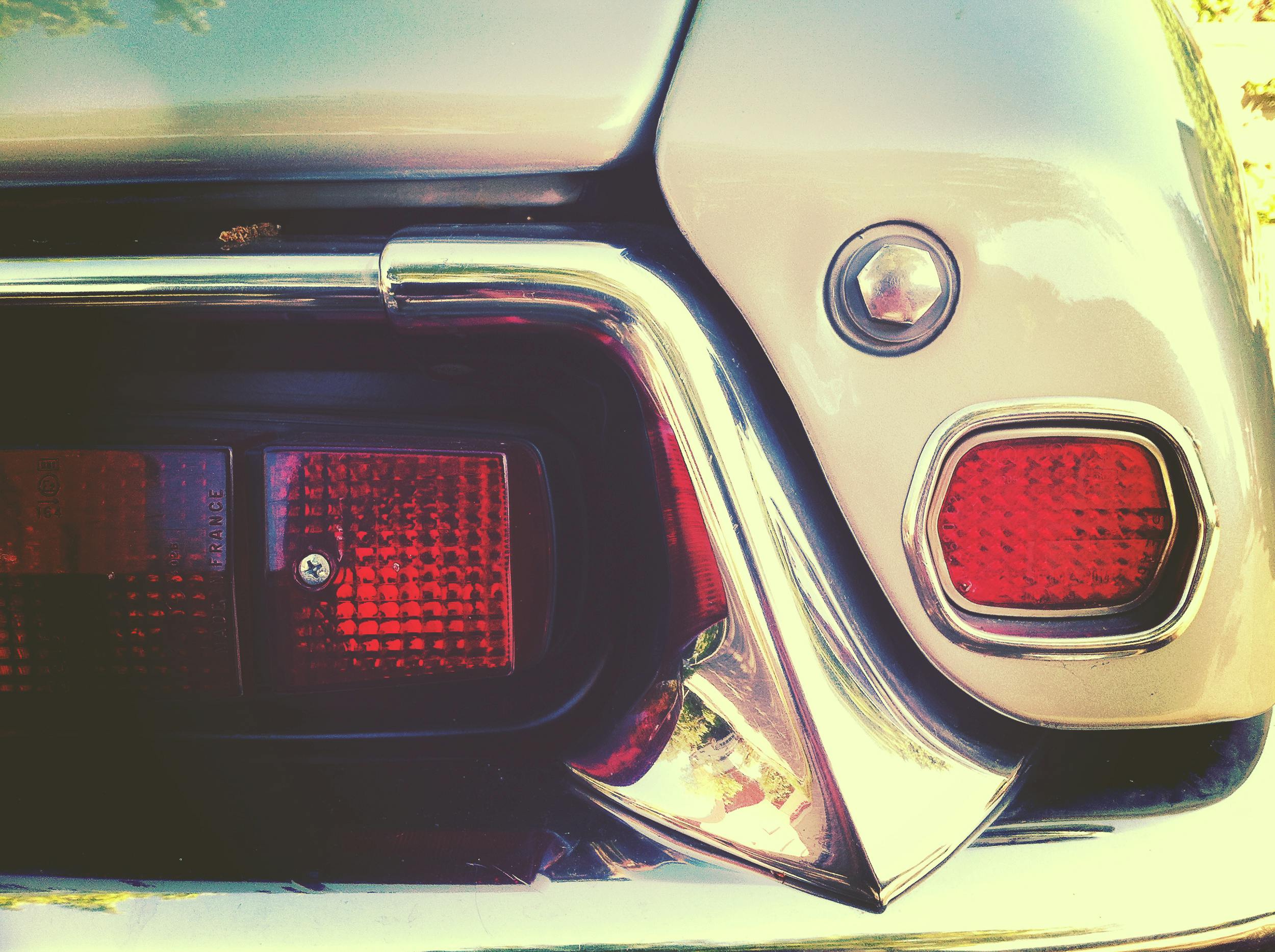Collision or Comprehensive Coverage?
Will my insurance adjuster categorize my claim as collision or comprehensive?
Background:
I recently bought a brand new 2024 vehicle and added several cosmetic modifications, including a lip kit with a front splitter.
Unfortunately, I made the mistake of leaving the front splitter on during winter. It ended up getting damaged while driving through unplowed snow in my neighborhood, resulting in a “gap tooth” appearance in the middle of the splitter. The car itself is fine and completely drivable—it’s just the splitter that needs attention.
I have a $100 deductible, and the cost to replace the part is around $800-$900.
Since there was no collision with another vehicle and I didn’t hit anything, I’d prefer not to have my car marked as having been in an accident due to a collision claim.
What advice do you have for me?




It sounds like you’re in a bit of a tough spot, but don’t worry! I can help clarify things for you. In your case, the damage to the front splitter you described is likely to be categorized as a comprehensive claim, rather than a collision claim. Generally, comprehensive coverage applies to damages caused by non-collision incidents (like natural disasters, theft, or vandalism), while collision coverage applies to damages resulting from accidents involving another vehicle or object.
Since there was no other vehicle involved and you didn’t hit anything specific, there’s a chance that your insurance could classify it under comprehensive. However, it’s important to note that insurance companies may sometimes have different interpretations based on their guidelines and the specifics of your policy.
Here are some steps you can take:
Review your policy: Check the specifics of your insurance policy to understand what is covered under comprehensive versus collision. This will help you when you speak to your insurance company.
Document the damage: Take clear pictures of the damage and the surrounding area. This can help when explaining your situation to the insurer.
Contact your insurance agent: Explain the situation to your agent (or adjuster). Be clear that the damage occurred due to snow and that no collision was involved. They may guide you on how they plan to process the claim.
Consider your deductible: Since your deductible is $100 and the repair cost is around $800-$900, filing a claim may still be worthwhile, as you’ll be covering a significant part of the repair costs.
Think about long-term implications: If you’re concerned about how a claim could affect your insurance record, you might also weigh the option of paying for the repair out-of-pocket.
Ultimately, clear communication with your insurance provider will be key to knowing how your claim will be categorized and processed. Good luck!